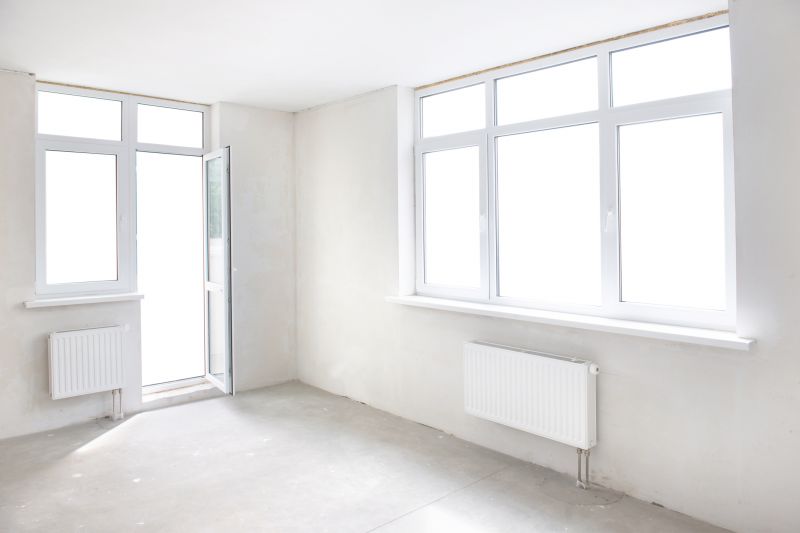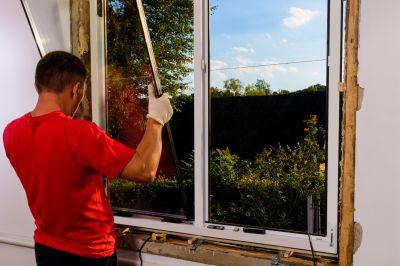Optimal Timing for Windows Installations
Understanding the best time to perform Windows installations can optimize system performance and minimize disruptions. Timing considerations include seasonal factors, hardware availability, and user activity patterns. Proper planning ensures smoother upgrades and reduces potential downtime.
Installing Windows during periods of low activity, such as late fall or early spring, can minimize impact on daily operations and allow for thorough testing.
Scheduling installations when new hardware components are readily available ensures compatibility and reduces delays.
Performing installations during times of low user activity helps prevent workflow interruptions and allows for better support during setup.
Aligning installations with major Windows update releases can provide access to the latest features and security enhancements.

A technician setting up Windows on a desktop computer.

Inspecting components before installing Windows.

Backing up data prior to Windows installation.

Ways to make Windows Installations work in tight or awkward layouts.

Popular materials for Windows Installations and why they hold up over time.

Simple add-ons that improve Windows Installations without blowing the budget.
| Timing Consideration | Details |
|---|---|
| Seasonal Timing | Install during low activity seasons to minimize disruptions. |
| Hardware Availability | Schedule when new hardware parts are accessible for compatibility. |
| User Activity Patterns | Choose times when user activity is at its lowest. |
| Major Update Releases | Coordinate with Windows update schedules for latest features. |
| System Backup Timing | Perform backups prior to installation at convenient times. |
| Support Availability | Ensure technical support is accessible during the process. |
Windows installations are a critical aspect of maintaining up-to-date and secure computing environments. Proper timing can lead to smoother upgrades, reduced downtime, and better system stability. Regular updates and timely installations help ensure compatibility with new hardware and software developments.

Technician configuring Windows on a workstation.

Installing the latest Windows updates.

Creating a backup before installation.

Adding new components for better performance.
Individuals and organizations planning Windows installations should consider their operational schedules and hardware readiness. Consulting with technical professionals can help determine the most suitable timing for upgrades, ensuring minimal impact on daily activities.
Interested in scheduling a Windows installation? Filling out the contact form provides an opportunity to discuss timing options and receive professional assistance tailored to specific needs.


